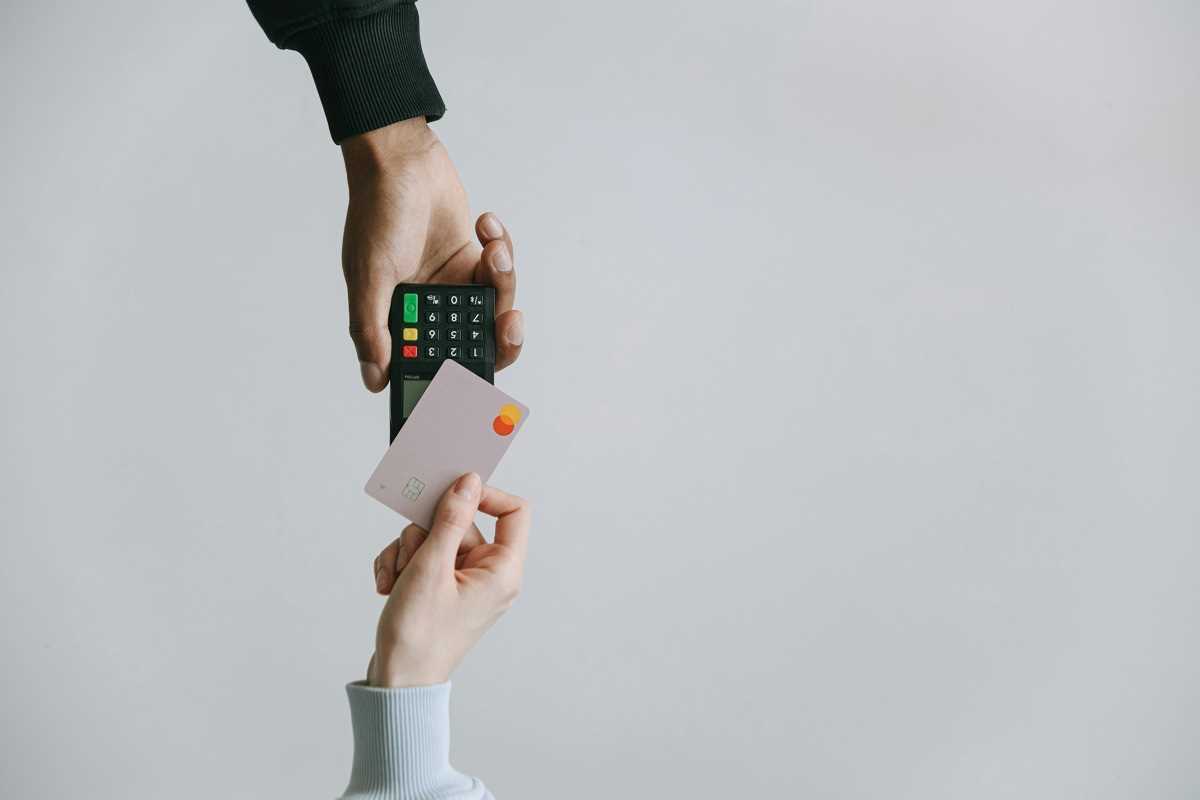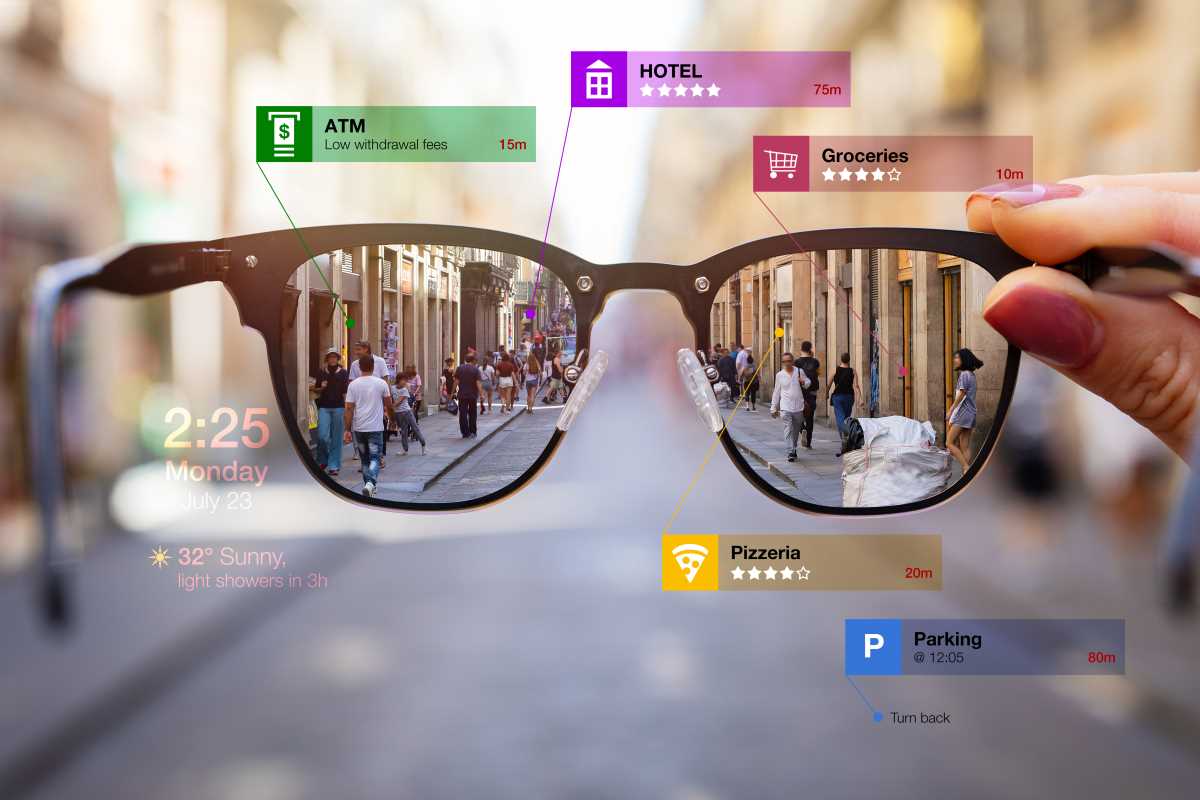For tech enthusiasts passionate about the latest gadgets, having access to innovative payment options can significantly enhance the shopping experience. Whether it's the newest smartphone, a cutting-edge smartwatch, or advanced virtual reality equipment, the way you pay for these high-tech gadgets can make the purchasing process smoother, more flexible, and even more enjoyable.
Current Payment Technology Trends
- Contactless Payments: The rise of NFC-enabled devices has made it easier to complete transactions with a simple tap, eliminating the need for physical cards.
- Mobile Wallets: Platforms like Apple Pay and Google Wallet are becoming increasingly popular. They allow users to store multiple payment methods securely on their smartphones.
- Buy Now, Pay Later (BNPL): Services such as Afterpay and Klarna let consumers split their purchases into manageable installments without interest.
- Cryptocurrency Payments: Some retailers now accept cryptocurrencies like Bitcoin and Ethereum, catering to the growing number of digital currency users.
- Biometric Authentication: Authorizing payments using fingerprint, facial recognition, or other biometric data enhances security and convenience.
Innovative Payment Methods
- Subscription-Based Models: Instead of making a one-time purchase, consumers can subscribe to receive gadgets on a regular basis, often with upgrades included. This model is popular with devices that receive frequent updates, such as smartphones and gaming consoles.
- Peer-to-Peer (P2P) Payments: Platforms like Venmo and PayPal allow users to send money directly to each other, which can be useful for splitting costs on shared gadgets or accessories.
- Embedded Financing: Some retailers offer financing options directly within the purchase process, allowing customers to apply for loans or credit lines on the spot without leaving the checkout page.
- Decentralized Finance (DeFi) Solutions: Using blockchain technology, DeFi platforms provide alternative financial services like lending and borrowing without traditional intermediaries.
- QR Code Payments: Scanning a QR code with your smartphone to complete a payment is becoming more widespread, especially in regions where mobile banking is prevalent.
Benefits and Drawbacks
Innovative payment options offer several advantages for both consumers and retailers. For consumers, these methods can provide greater flexibility, making it easier to afford high-ticket items by spreading out payments or accessing credit without stringent requirements. Mobile wallets and biometric authentication also enhance convenience and security, reducing the risk of fraud and theft.
There are potential downsides to consider. Subscription models may lead to long-term financial commitments that can strain budgets if not managed carefully. BNPL services, while interest-free, can encourage overspending and result in debt if payments are missed. The adoption of cryptocurrency payments can be volatile due to fluctuating market values, posing risks for both buyers and sellers.
Case Studies and Real-World Examples
One notable example of innovative payment integration is Apple's introduction of Apple Pay. Apple has set a new standard for mobile payments in the tech industry by allowing users to complete transactions securely and swiftly through their devices. This convenience particularly appeals to high-tech gadget lovers who appreciate seamless, on-the-go payment solutions.
Another case is Best Buy's partnership with BNPL service Affirm. This collaboration allows customers to finance their purchases over time without accruing interest, making investing in expensive gadgets like laptops and home theaters easier. The success of this partnership highlights the growing consumer demand for flexible payment options in the electronics market.
Future Outlook
Payment technologies are poised to become even more integrated with our daily lives, especially when gadget shopping. We can expect further advancements in biometric security measures, making payments more secure and intuitive. The expansion of cryptocurrency acceptance is likely as digital currencies become more mainstream and stable.
The convergence of artificial intelligence and payment systems may lead to more personalized and intelligent payment solutions. For instance, AI could analyze spending habits to offer tailored financing options or predict optimal payment schedules for individual consumers. These innovations will likely make purchasing high-tech gadgets more efficient and user-friendly.
Exploring these payment options can significantly benefit high-tech gadget lovers by providing more freedom and flexibility in their purchases. Whether you're saving up for the next big thing or looking to spread out your expenses, these innovative methods are worth considering for a smoother, more enjoyable shopping experience in the ever-evolving world of technology.
 (Image via
(Image via





